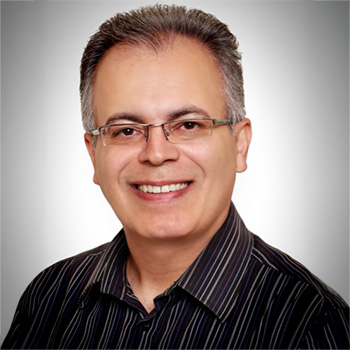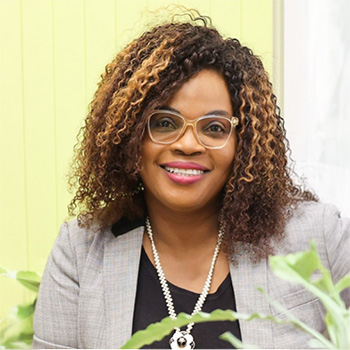Parallel Session E 14.50
Helen Onyeaka and Taghi Miri
School of Chemical Engineering, University of Birmingham
As extreme weather events, such as floods, hurricanes, and heatwaves, increase in frequency and severity, ensuring the health and safety of affected populations has become critical. These events often lead to significant disruptions in housing, healthcare, and sanitation systems, creating environments that heighten the risk of infections and disease outbreaks. The rise of antimicrobial resistance (AMR) further compounds these risks, necessitating innovative approaches to microbial control, particularly in temporary shelters, healthcare facilities, and public spaces established during post-event recovery.
Biovitae light technology, which operates within the visible spectrum, has emerged as a promising tool in combating microbial contamination in such settings. Unlike ultraviolet (UV) light, which can harm human skin and eyes, Biovitae light is safe for human exposure while effectively deactivating a broad range of pathogens. Through the photoexcitation of porphyrin molecules in microorganisms, Biovitae induces the production of reactive oxygen species, leading to cellular damage and microbial death. Its efficacy has been demonstrated against bacterial pathogens, including Escherichia coli, Bacillus cereus, and Listeria monocytogenes, across surfaces such as stainless steel and glass - common in emergency shelters and medical facilities.
Given its effectiveness in inactivating biofilms and multidrug-resistant strains, Biovitae light represents a scalable, environmentally friendly solution for infection control during extreme events. This case study explores its application in temporary housing and healthcare environments, focusing on its potential to reduce infection risks in the immediate aftermath of disasters. As extreme events challenge global health systems, integrating innovative technologies like Biovitae light into post-event recovery plans can significantly improve health outcomes and contribute to more resilient and safer living environments.
Further research is needed to explore its long-term applications in disaster-stricken communities and optimize its use across varied environmental conditions.
About the presenters
 Dr Taghi Miri
Dr Taghi Miri
Dr Taghi Miri is a Chemical Engineering researcher and lecturer at the University of Birmingham, specialising in sustainable food processing and circular economy practices. With over 20 years of experience, Dr Miri’s work focuses on developing energy-efficient techniques, such as ohmic heating, to improve food production while reducing waste. His innovations have enhanced plant-based food processing and valorised food waste through advanced bioconversion methods, including fermentation and ultrasonication.
Dr Miri also researches water recovery and heavy metal bioaccumulation, addressing environmental challenges. He collaborates widely across academia and industry, promoting sustainable development solutions globally.
 Dr Helen Onyeaka
Dr Helen Onyeaka
Dr Helen Onyeaka is a distinguished expert in the fields of food safety, microbiology, and sustainability. She serves as the Deputy Director of the Birmingham Institute of Sustainability and Climate Action (BISCA). With a wealth of experience in applied microbiology, Dr Onyeaka has made significant contributions to research in sustainable food systems, waste reduction, and innovative food packaging solutions. Her work has earned her numerous accolades, including the prestigious Basil Jarvis Food Security and Innovation Award. Dr Onyeaka is also an accomplished educator, having designed and delivered various microbiology courses that bridge theory with practical applications in the food and environmental sectors. She is passionate about integrating sustainable practices into food safety, making her a leading voice in the pursuit of resilience and innovation in global food systems.
